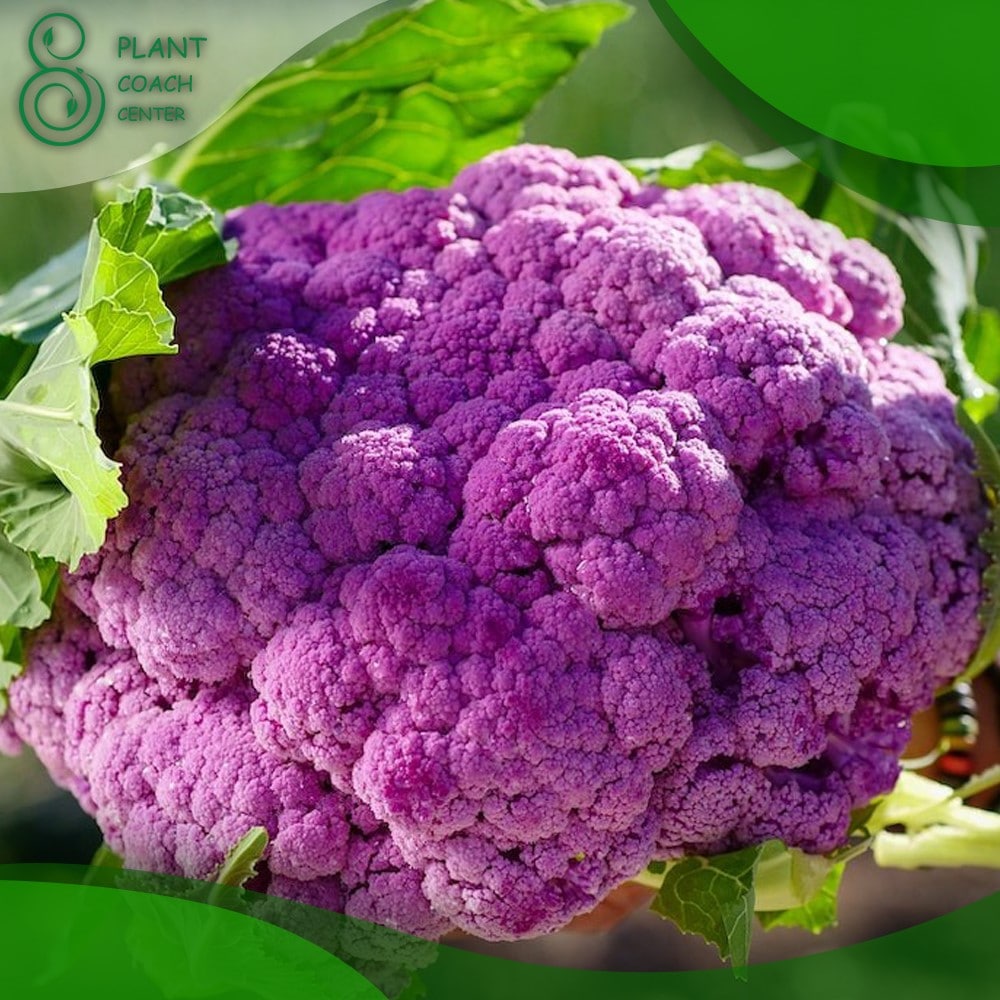When is it Too Late to Harvest Cauliflower
Harvesting cauliflower at the right time is crucial for getting the best possible flavor, texture, and nutritional content. Unfortunately, many gardeners struggle with knowing when the right time to harvest is. In this comprehensive guide, we’ll cover everything you need to know about when it’s too late to harvest cauliflower. This article is brought to you by Plant Coach Center, your go-to resource for all things plant-related.
Understanding Cauliflower Growth:
Before we dive into the specifics of harvesting cauliflower, it’s important to understand the growth of the plant. Cauliflower is a cool-season crop that typically takes between 50-100 days to mature. The plant goes through several stages of growth, including:
– Germination: This is when the seed begins to sprout and develop a root system.
– Vegetative Growth: During this stage, the plant develops leaves and a strong stem.
– Head Formation: This is when the cauliflower head begins to form.
– Harvest: The final stage, when the cauliflower is ready to be picked.
Factors that Affect Cauliflower Growth:
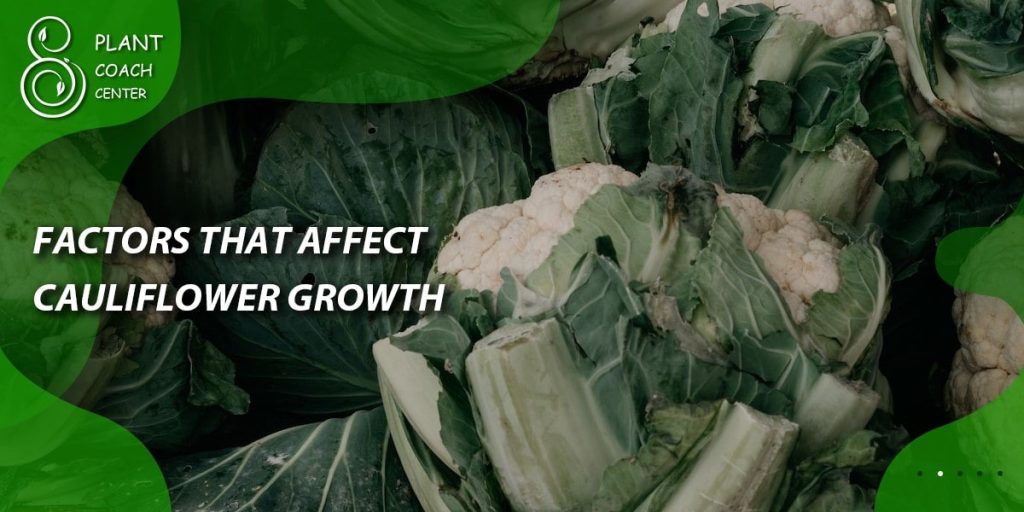
Several factors can affect the growth of cauliflower, including:
– Temperature: Cauliflower prefers cooler temperatures between 60-65°F (15-18°C). High temperatures can cause the plant to bolt, or go to seed, which can affect the quality of the cauliflower head.
– Soil Conditions: Cauliflower prefers well-draining soil that is rich in organic matter. Poor soil conditions can lead to stunted growth and poor-quality cauliflower.
– Watering: Cauliflower needs consistent moisture to grow properly. Over-watering or under-watering can lead to problems with the plant.
Signs that Cauliflower is Ready for Harvest:
Knowing when your cauliflower is ready to harvest is key to getting the best flavor and texture. Here are some signs to look for:
– Cauliflower Head Size: The head of the cauliflower should be large and firm, with tight florets.
– Cauliflower Head Color: The head of the cauliflower should be a bright white color. If the head starts to turn yellow, it’s a sign that it’s overripe.
– Cauliflower Head Texture: The head of the cauliflower should be tight and compact. If the florets start to loosen, it’s a sign that the cauliflower is past its prime.
Factors that Affect Cauliflower Harvest Timing:
Several factors can affect the timing of when you should harvest your cauliflower, including:
– Temperature: As mentioned earlier, high temperatures can cause the cauliflower to bolt, which can affect the quality of the head.
– Soil Conditions: If the soil is too wet or too dry, it can affect the timing of when the cauliflower is ready to harvest.
– Watering: Over-watering or under-watering can also affect the timing of when the cauliflower is ready to harvest.
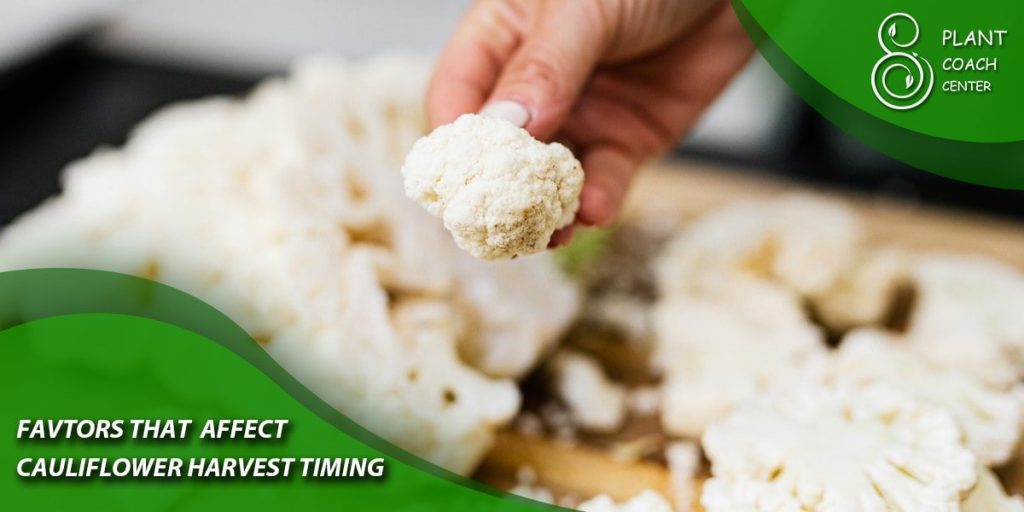
What Happens if You Harvest Cauliflower Too Late?
Harvesting cauliflower too late can have several negative effects on the plant, including:
– Effects on Cauliflower Flavor: Overripe cauliflower can be bitter and have a tough texture, which can make it unappetizing.
– Effects on Cauliflower Nutritional Content: Overripe cauliflower can lose some of its nutritional content, which can make it less healthy to eat.
– Effects on Cauliflower Seed Production: If the cauliflower is left to go to seed, it can affect the plant’s ability to produce high-quality cauliflower in the future.
How to Harvest Cauliflower:
Harvesting cauliflower is a simple process, but it’s important to do it correctly to get the best results. Here’s a step-by-step guide:
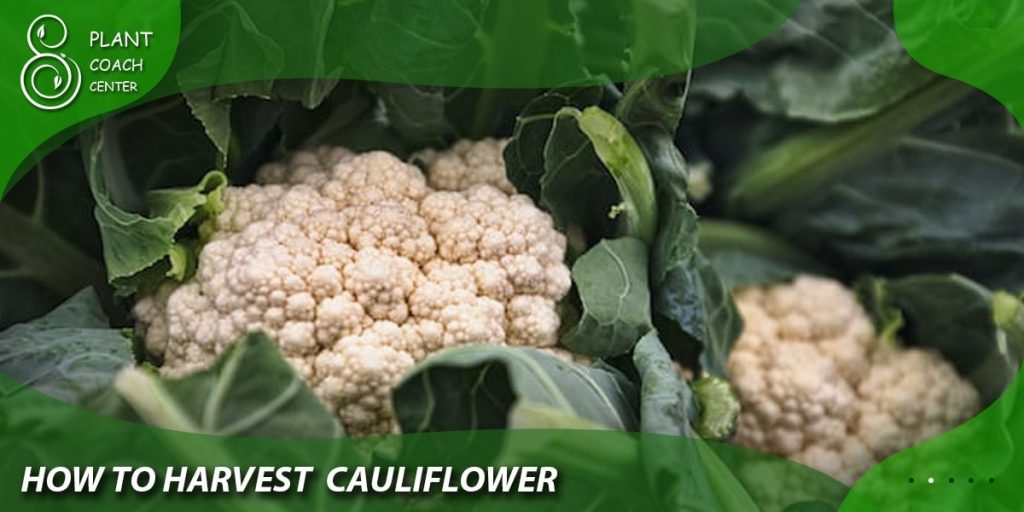
– Inspect the cauliflower head: Check to make sure the head is large and firm, with tight florets. If the head is starting to loosen or the florets are separating, it’s a sign that the cauliflower is past its prime.
– Cut the cauliflower head: Use a sharp knife to cut the head of the cauliflower off the stem. Make sure to leave some of the stem attached to the head.
– Repeat: If you have multiple cauliflower plants, repeat the process for each one.
Common Problems with Cauliflower Harvesting:
Like any plant, cauliflower is susceptible to a variety of problems that can affect the quality of the harvest. Here are some common problems to look out for:
– Cauliflower Head Cracking: This is when the head of the cauliflower starts to crack, which can be caused by uneven watering or high temperatures.
– Cauliflower Head Rot: This is when the head of the cauliflower starts to rot, which can be caused by poor soil conditions or over-watering.
– Cauliflower Head Bolting: This is when the cauliflower starts to go to seed, which can be caused by high temperatures or uneven watering.
How to Avoid Common Problems with Cauliflower Harvesting:
To avoid common problems with cauliflower harvesting, there are several things you can do:
– Plant at the right time: Plant cauliflower when temperatures are cooler, in the spring or fall depending on your climate. This will help prevent bolting and other problems.
– Provide consistent moisture: Water your cauliflower regularly, making sure not to over-water or under-water the plant.
– Use high-quality soil: Make sure your soil is well-draining and rich in organic matter. This will help promote healthy growth and prevent rotting.
– Fertilize appropriately: Use a balanced fertilizer to provide your cauliflower with the nutrients it needs to grow properly.
By following these tips, you can help prevent common problems and ensure a successful harvest.
Additional Tips for Harvesting Cauliflower:
Here are a few additional tips to keep in mind:
– Don’t wait too long to harvest: It’s better to harvest cauliflower a little early than a little late. Overripe cauliflower can be tough and unappetizing.
– Use a sharp knife: A dull knife can damage the cauliflower head and make it more susceptible to rotting.
– Store cauliflower properly: Store cauliflower in the refrigerator in a plastic bag to help keep it fresh.
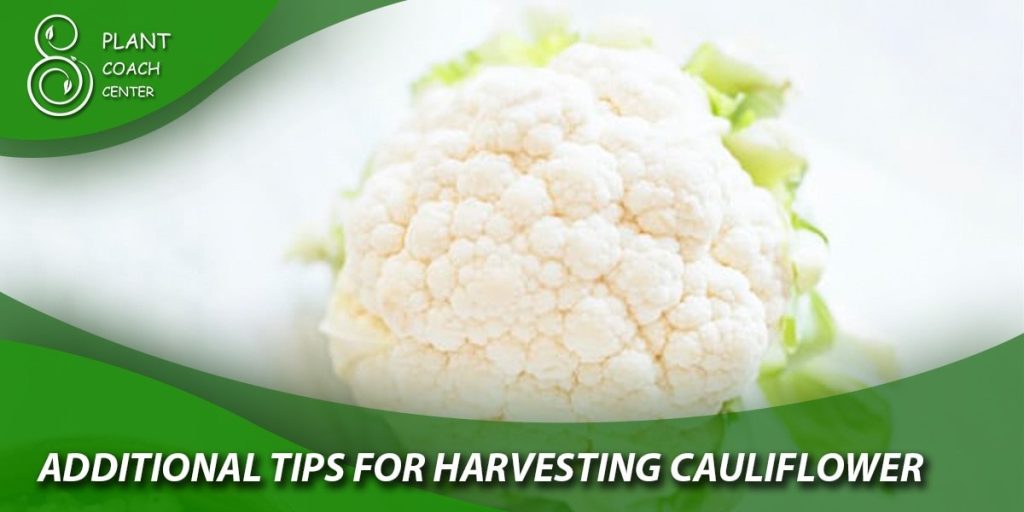
Conclusion:
Harvesting cauliflower at the right time is essential for getting the best flavor, texture, and nutritional content. By understanding the growth of the plant, the signs to look for, and the factors that can affect the timing of the harvest, you can ensure that your cauliflower is always at its best.
Remember to check the size, color, and texture of the head before harvesting, and keep an eye out for common problems like cracking, rot and bolting. By following these tips and techniques, you can enjoy delicious, healthy cauliflower all season long. Thanks for reading this comprehensive guide brought to you by Plant Coach Center, your go-to resource for all things plant-related.
How long does it take for cauliflower to mature?
Cauliflower typically takes between 50-100 days to mature, depending on the variety and growing conditions.
Can you eat cauliflower leaves?
Yes, you can eat cauliflower leaves. They are edible and contain many of the same nutrients as the cauliflower head.
Can you harvest cauliflower more than once?
No, once you harvest the cauliflower head, the plant is done for the season. However, you can plant multiple cauliflower plants to stagger the harvest.
Can you freeze cauliflower?
Yes, you can freeze cauliflower. To freeze, blanch the cauliflower florets for 3-4 minutes, then immediately plunge them into ice water to stop the cooking process. Drain the florets and freeze them in airtight containers or bags.
How do you know if cauliflower is bad?
If cauliflower is bad, it will have a sour or musty smell, and the head will be soft or mushy. If you see any signs of mold or discoloration, do not eat the cauliflower.


